
All categories
Featured selections
Trade Assurance
Buyer Central
Help Center
Get the app
Become a supplier

(170152 products available)
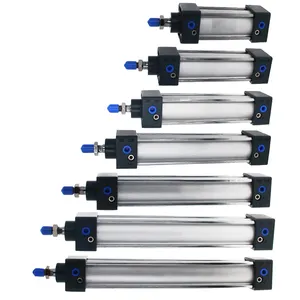







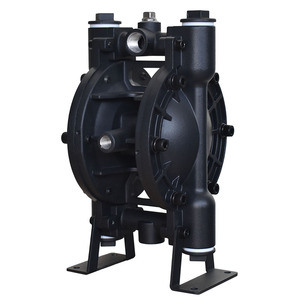












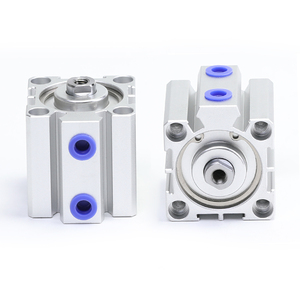







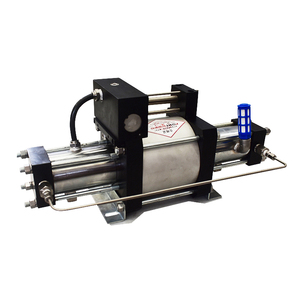


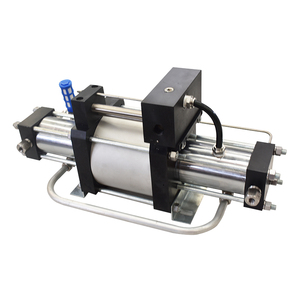










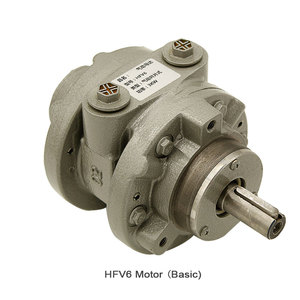

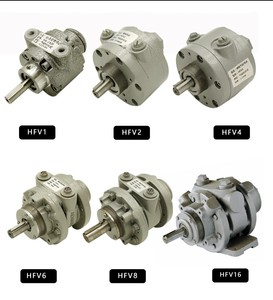


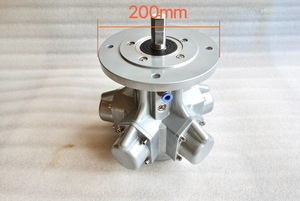



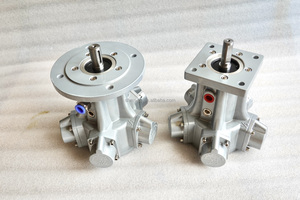
Suppliers categorize pneumatic motors into several types based on the users' requirements. Each of these types has unique applications, advantages, and operational features.
This motor drives users with high torque and good power in small dimensions. It has a rotating output element called a vane, which drives a shaft. Rotor motors are mainly used in aviation and aerospace because they need items that weigh less but still deliver high performance.
Orbital motors provide high torque while driving at low speeds. You should know that they are ideal for applications that require a lot of strength, such as moving heavy machinery or large industrial systems. The orbital motor has an output shaft with gears that rotate an eccentric cam, giving it a compact but powerful torque. These components create rotation within the motor, which translates into driving power for external equipment or systems.
A turbine motor works on gas and fluid dynamics, like a true turbine engine. The construction comprises blades mounted on a rotor inside the motor housing. The pneumatic inlet forces air through the blades, which spin the rotor and produce mechanical output. Because of their ability to drive at high speeds while maintaining efficiency, turbine motors are popular in industrial fans and blowers.
Pneumatics operate car brakes, powered seats, and windows and are also extensively applied in car painting and assembling. Auto painting robots use these motors for precision and smooth painting. They are also employed in assembling parts with bolting and riveting tools that work fast and are good for heavy work.
In this industry, there are many small and light components that need precision assembly, and testing methods, which have been done through pneumatic motors. They are used in equipment that assembles circuit boards and other electronic devices to ensure that parts are put in the right place during production. Testing devices that check electronic component performance also use these motors.
The pharmaceutical industry has many products that need mixing, packaging, and conveying, which involve many treatments and precautions. Pneumatics are used in drug dispensing, keeping dosage precise and constant. They are also in drug and vaccine production equipment where any small mistake can be very expensive, so they are used for their reliability and cleanliness.
Most food processing, packaging, and delivery use pneumatic motors. They help run the machines that pull the materials for packaging and the ones that distribute drinks like air in soda. They are also in the conveyer belts forklifts used to move products within the warehouse or production space.
Several tools are used in this industry, including jackhammers, nail guns, and paint sprayers, which rely on pneumatic power. They also use pneumatic cylinders and motors on their machinery for smooth and controlled movements when maneuvering equipment such as excavators and bulldozers.
This motor only requires regular checks of air supply and exhaust for maintenance. Because there are no lubricants needed, the chances of parts wearing out or clogging up from residues are reduced. As a result, this makes it easy and less likely for the motor to fail during production. Low
Maintenance means companies spend less time and money on repairs.
Pneumatic motors are great for working in difficult conditions since they do not risk overheating and do not depend on electric supply. They can work well in situations with heat, humidity, or even sparks and chemical exposure, which could harm the other engine types. They are commonly employed in outdoor exploration, mining, and other industrial operations involving dangerous environments.
The lightweight construction of pneumatic motors, as compared to many other engine types, makes the motors easy to install and transport. Despite the motor's light construction, it can deliver great power output. This makes it ideal for applications requiring the motor to be fixed onto something that is portable, such as power tools or machinery in cramped spaces.
One of the major advantages of pneumatic motors is their ability to operate instantly once the air supply is available. There is no need for a warm-up period, as with some other types of engines. Due to this quality, it is preferred in applications requiring start and stop functions within a short space of time, such as robotic machinery and assembly lines.
These motors generate no sparks and hence have no risk of igniting gasses, dust, or liquids, creating safety in areas. This makes them useful in industries such as oil and gas and mining, where the working environment can easily explode. Companies working with potentially combustible materials require a safe working environment to maintain production with no interruptions and, therefore, no losses.
Buyers need to consider certain factors when purchasing pneumatic motors. These factors affect the motor's performance, the system's efficiency, and the quality of pneumatic tools.
Torque is the main thing to consider for applications involving heavy work or needing a motor to give a lot of power. Higher torque is needed when the workload is big or just to ensure that the motor does not slow down when it is working hard. For applications such as turning large machinery parts or mixing big loads of chemicals, one must consider how much torque the motor can provide.
This is because the size of the motor varies considerably, and the air will also occupy a certain space. Motor size can affect the space the system is installed in, and other installation factors, such as the space and routing of pneumatic hoses, are crucial to take care of. In portable or compact equipment, space is limited to where this motor must fit; therefore, one has to be careful about how much space the motor will take.
Speed is key in choosing the right pneumatic motor. Different motors have different speeds, measured in revolutions per minute or RPM. Customers seeking specific applications with high requirements of speed, such as robotics or machinery with moving parts, will require a motor that can turn as fast as they need it to.
It is important to consider what material was used to make the air compressor because it will define how strong it is. The common materials are steel and aluminum. Customers should choose a motor based on the material needs of their application, as it will affect the general performance and do wear and tear.
Most pneumatic motors have direction control features that allow users to change the direction of rotation. This is especially useful in applications that require reversible motion, such as power tools and conveyor systems. Choosing a motor with precise and easy-to-control direction mechanisms will enhance the overall functionality of the equipment.
A1. Yes, these motors are environmentally friendly because they do not have any emissions and use air, which is renewable. Their low energy consumption also helps reduce the carbon footprint.
A2. Yes, these motors are suitable for outdoor applications. They can work well in mining, construction, and other jobs that need to be done outside and in tough conditions. They can deal with heat, dust, and humidity without shutting down.
A3. Yes, these motors are fairly easy to install. They do not need much support for installation and are easy to connect to an air supply. Their simple design allows easy integration with existing systems.
A4. These motors can be driven at different speeds by changing the air pressure and flow rate. This makes them useful in many applications where different speeds of rotation are needed.
A5. These motors are not as quiet as electric ones but are less noisy than many engines. They make a noise like hissing as air pressure passes through them, which is less than turbines or combustion engines.
Pneumatics are important mechanical devices that have many advantages, such as ensuring safety in hazardous jobs and working well in various industries. Knowing their applications, benefits, and specifications will help buyers choose suitable products for the desired application. A pneumatic motor will efficiently complete tasks that require strength, speed, and precision. When purchased in bulk, they ensure a dramatic increase in productivity and are cost-effective. Buyers are advised to source these motors from reputable suppliers to get quality products that will serve the clients well.